Researchers send “unhackable” quantum data over 370-mile optical fiber
Breakthrough could pave the way for highly secure worldwide communications
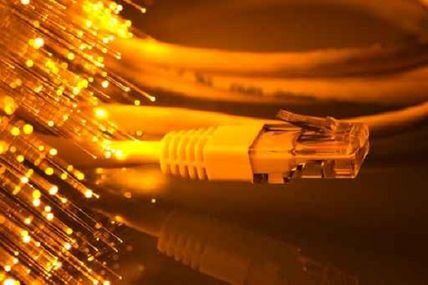

Researchers have successfully transmitted quantum information over a 370-mile (600km) optical cable, breaking a record and heralding the beginning of long-distance quantum-secured information transfer between cities.
The scientists at Toshiba, working at the company's R&D lab in Cambridge in the UK, demonstrated they could send quantum bits (or qubits) over hundreds of kilometers of optical fiber without losing data, using a technology called 'dual band' stabilization.
One of the biggest problems in creating a quantum link is transferring quantum bits over long optical fibers. Slight changes, such as temperature fluctuations, cause fibers to expand and contract, destroying the fragile qubits, which are encoded as a phase delay of a weak optical pulse in the fiber.
The new technique sends two optical reference signals at different wavelengths, minimizing phase fluctuations on long fibers. The first wavelength is used to cancel the rapidly varying fluctuations, while the second wavelength, which is at the same wavelength as the optical qubits, fine-tunes the phase.
Researchers found it was possible to hold the optical phase of a quantum signal constant to within a fraction of a wavelength, with a precision of tens of nanometers, even after propagation through hundreds of km of fiber. Without compensating for these fluctuations in real-time, the fiber would expand and contract with temperature changes, scrambling the quantum information.
One of the first real-world applications of the technique will be for long-distance Quantum Key Distribution (QKD). These are currently limited to 130 miles — about half the length of New York — in length.
Scientists said their "Twin Field QKD protocol" would extend this distance. They tested its resilience to optical loss using short fibers and attenuators. By using the dual-band stabilization technique, Toshiba has now implemented Twin Field QKD on long fibers and demonstrated QKD over 600 km for the first time.
Get the ITPro daily newsletter
Sign up today and you will receive a free copy of our Future Focus 2025 report - the leading guidance on AI, cybersecurity and other IT challenges as per 700+ senior executives
Andrew Shields, head of the Quantum Technology Division at Toshiba Europe, said in a statement that QKD had been used to secure metropolitan area networks in recent years.
"This latest advance extends the maximum span of a quantum link so that it is possible to connect cities across countries and continents, without using trusted intermediate nodes. Implemented along with Satellite QKD, it will allow us to build a global network for quantum secured communications," he added.
RELATED RESOURCE
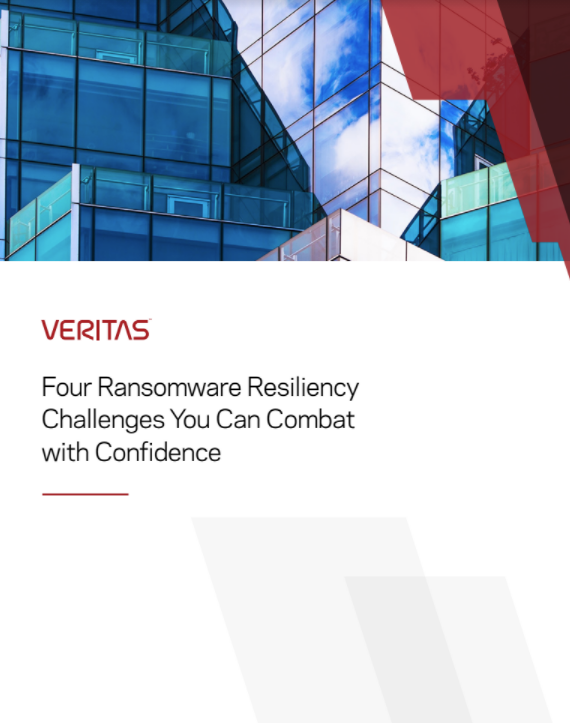
Four ransomware resiliency challenges you can combat with confidence
The benefits of a multi-layered security solution
Roger Grimes, a data-driven defense evangelist at KnowBe4, told ITPro that a more secure network won't necessarily mean more secure organizations.
"Ransomware isn't the huge problem it is today because they are breaking insecure network links. I haven't heard a single person complain to me in decades that if only they had more secure network transmission, then the way they were exploited would not have happened," he said.
"Network-layer interception exploits do happen...but it's very rare. So, this whole idea that if we get to a quantum network or quantum Internet and the whole world will celebrate that accomplishment, and hackers and malware will just be defeated, is more than a bit fanciful."
Rene Millman is a freelance writer and broadcaster who covers cybersecurity, AI, IoT, and the cloud. He also works as a contributing analyst at GigaOm and has previously worked as an analyst for Gartner covering the infrastructure market. He has made numerous television appearances to give his views and expertise on technology trends and companies that affect and shape our lives. You can follow Rene Millman on Twitter.
-
 Bigger salaries, more burnout: Is the CISO role in crisis?
Bigger salaries, more burnout: Is the CISO role in crisis?In-depth CISOs are more stressed than ever before – but why is this and what can be done?
By Kate O'Flaherty Published
-
 Cheap cyber crime kits can be bought on the dark web for less than $25
Cheap cyber crime kits can be bought on the dark web for less than $25News Research from NordVPN shows phishing kits are now widely available on the dark web and via messaging apps like Telegram, and are often selling for less than $25.
By Emma Woollacott Published
-
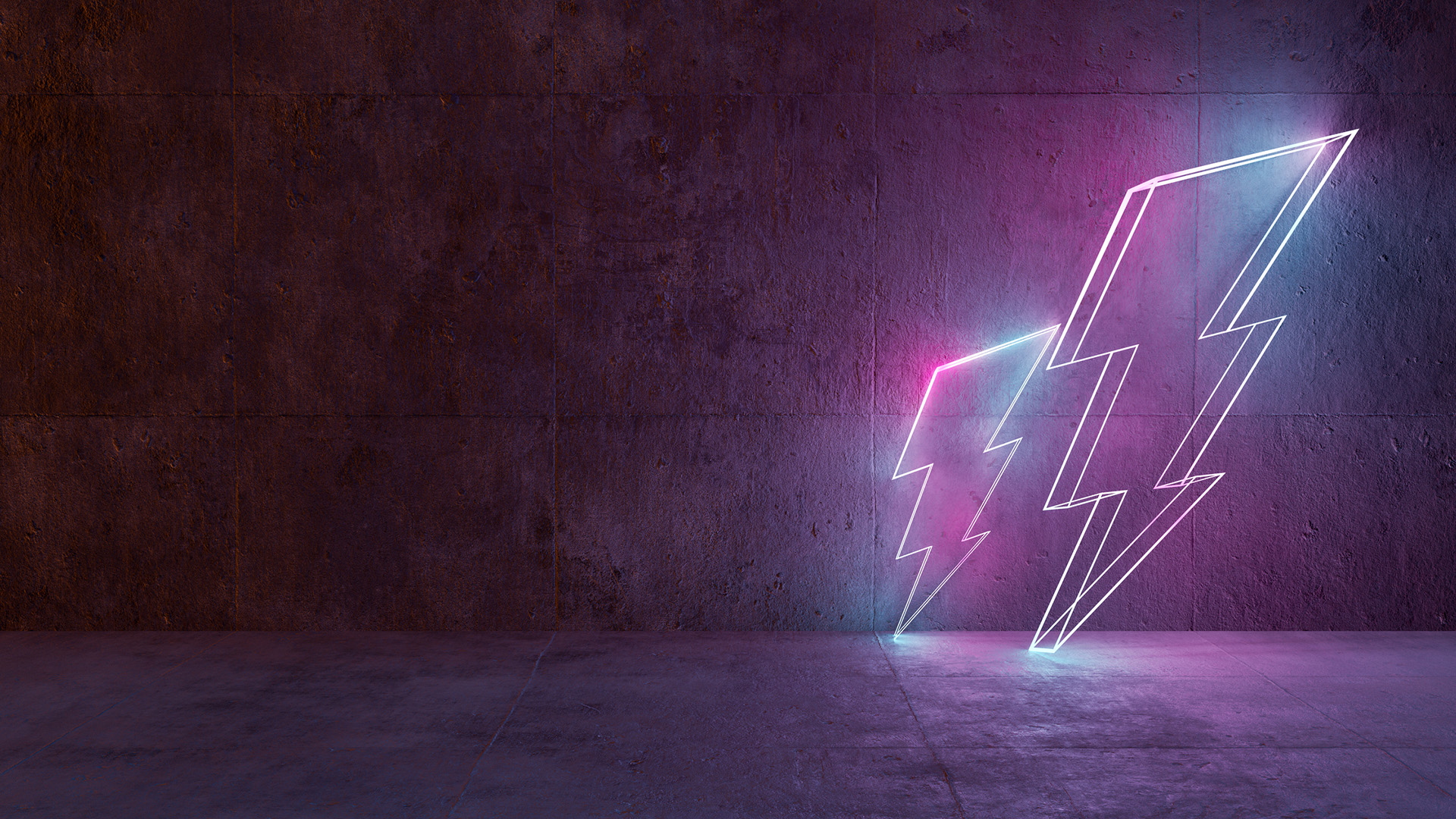 300 days under the radar: How Volt Typhoon eluded detection in the US electric grid for nearly a year
300 days under the radar: How Volt Typhoon eluded detection in the US electric grid for nearly a yearAnalysis Lengthy OT lifespans give attackers time to penetrate networks underpinning critical infrastructure and plan future disruption
By Solomon Klappholz Published
-
 The business value of Zscaler Data Protection
The business value of Zscaler Data ProtectionWhitepaper Understand how this tool minimizes the risks related to data loss and other security events
By ITPro Published
-
 Top data security trends
Top data security trendsWhitepaper Must-have tools for your data security toolkit
By ITPro Published
-
 Three essential requirements for flawless data protection
Three essential requirements for flawless data protectionWhitepaper Want a better CASB and stronger DLP? You have to start with the right foundation
By ITPro Published
-
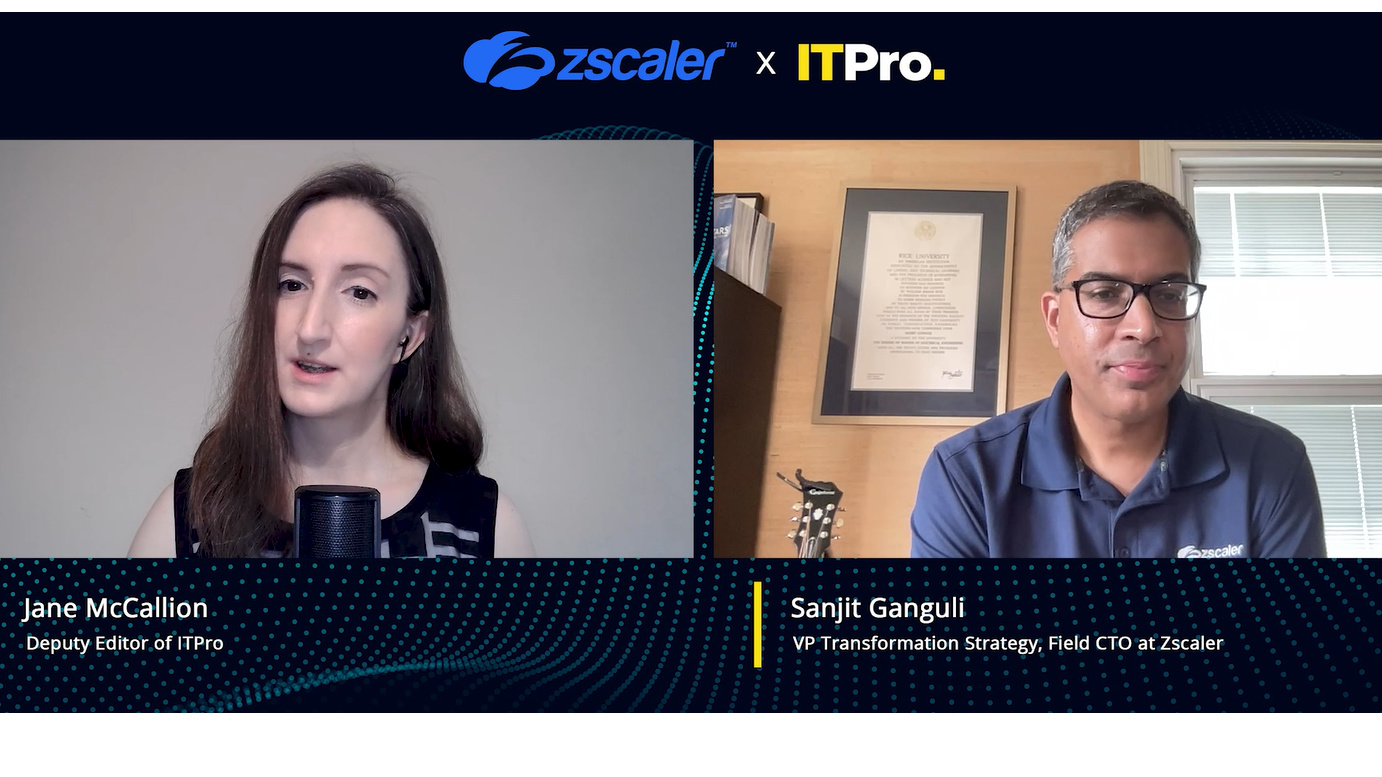 Why your business needs zero trust
Why your business needs zero trustWhitepaper How zero trust can right the wrongs of legacy security architecture
By ITPro Published
-
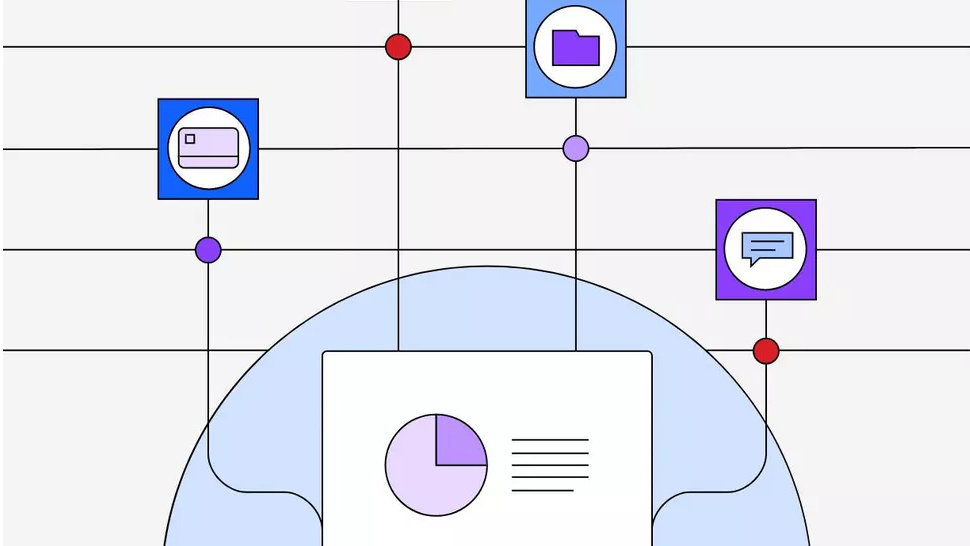 Definitive guide to ransomware 2023
Definitive guide to ransomware 2023Whitepaper A guide to help rethink your defence against ransomware threats
By ITPro Published
-
 Why Fulham FC’s geography makes running IT so challenging
Why Fulham FC’s geography makes running IT so challengingCase Study Fending off cyber criminals and keeping equipment updated on match days is more difficult than you might think
By Connor Jones Published
-
 The gratitude gap
The gratitude gapWhitepaper 2023 State of Recognition
By ITPro Published